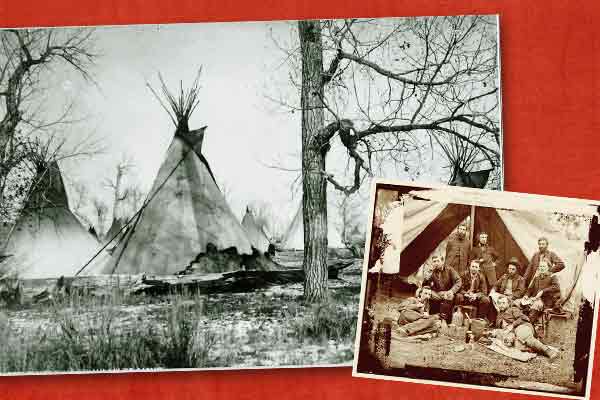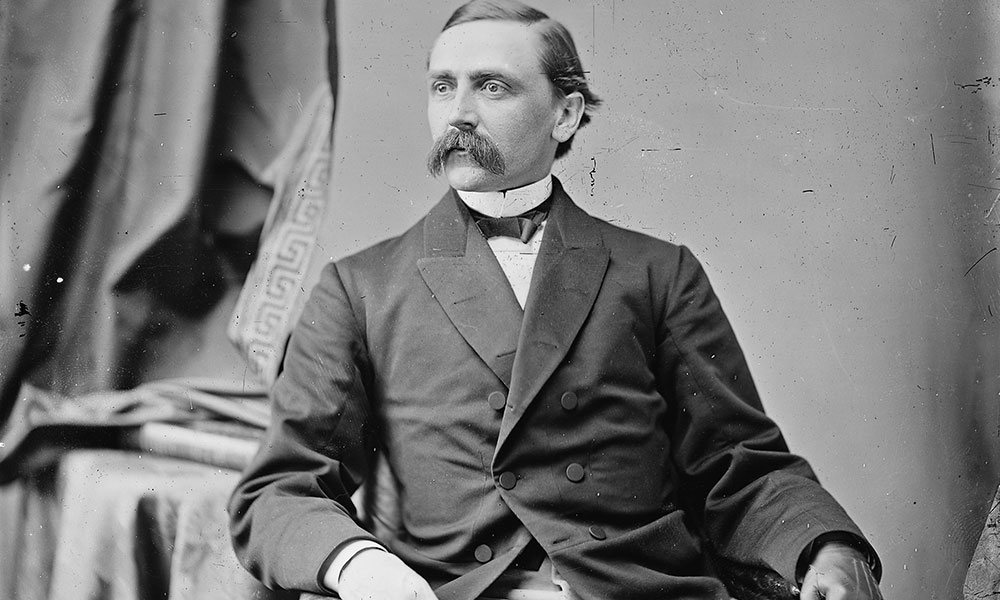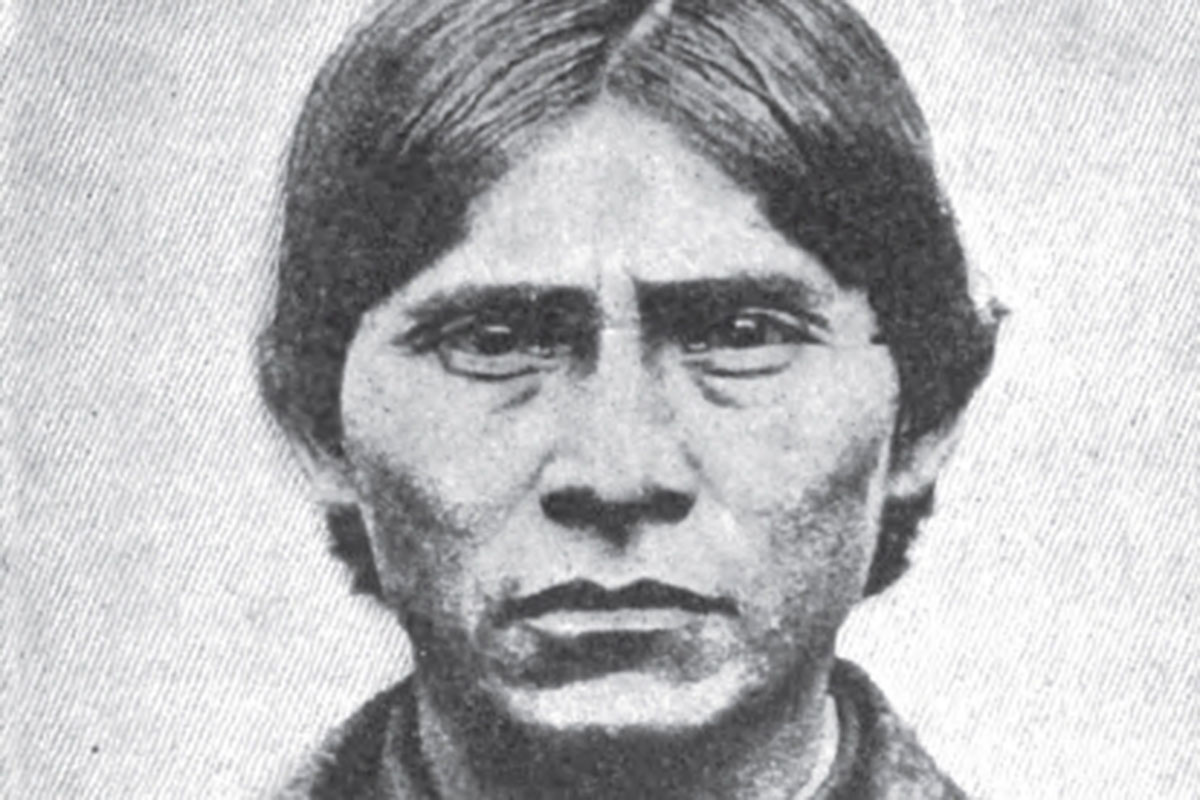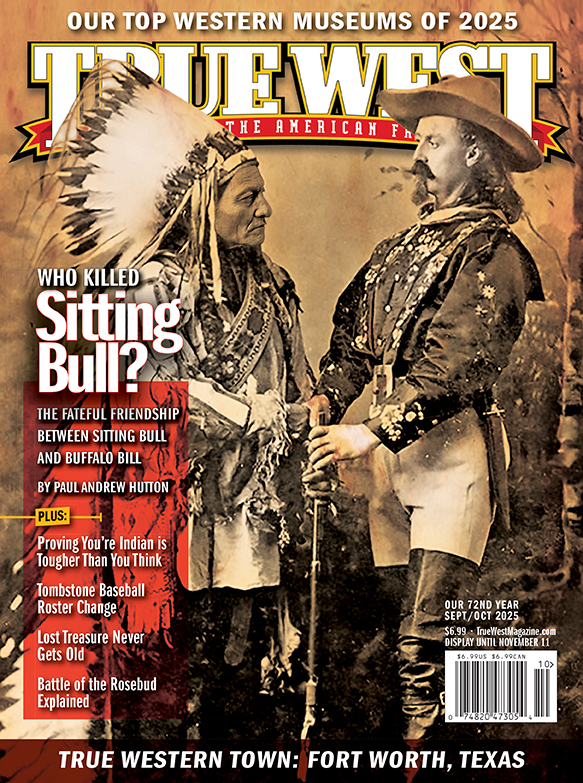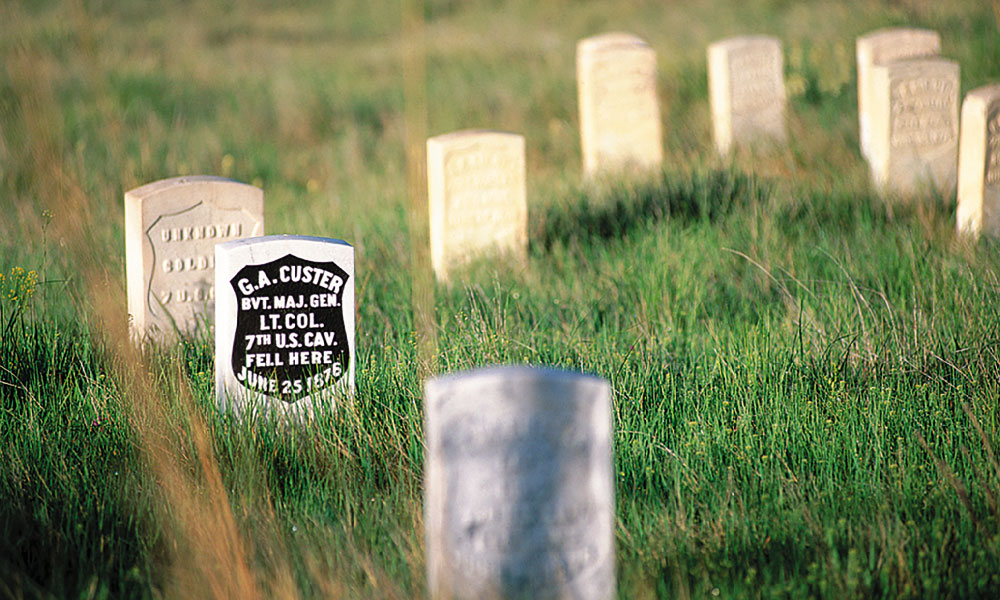
The Battle of Little Bighorn is likely the most renowned battle in Western history. And, for many history aficionados, walking the hills and coulees where the actually battle occurred—at Little Bighorn Battlefield National Monument—is a bucket list trip.
Yet, as history buffs know, it is the most minute details that make a story come alive. While in Southeast Montana, be sure to visit the lesser-known, but no-less-important monuments: Reynold Battlefield Monument near Broadus; Rosebud Battlefield State Park south of Busby; Wolf Mountains Battlefield National Historic Landmark south of Ashland. Alternatively, follow the Trail to the Little Bighorn, a series of 19 roadside markers detailing the 7th Cavalry’s activities surrounding the infamous battle.
Near Billings, commemorate the Nez Perce fight of 1877 at Canyon Creek Battlefield Monument or spend a day contemplating peaceful nations at Chief Plenty Coups State Park.
To really dig into history, follow Visit Southeast Montana’s history map to sites like Ekalaka’s Carter County Museum, Montana’s first museum or Ashland’s St. Labre Indian School Museum, which provides perspective from the Northern Cheyenne.
The Range Riders Museum in Miles City contains artifacts from the former Fort Keogh while the Pierre Wibaux Museum demonstrates the life of a French-born cattle baron. Many towns, like Forsyth, Glendive and Billings, offer historical walking tours while mining communities like Colstrip and Roundup feature special exhibits on the influence of coal mining and the railroad.
Stories abound across the rolling prairies of Southeast Montana. Write your own chapter out here.

